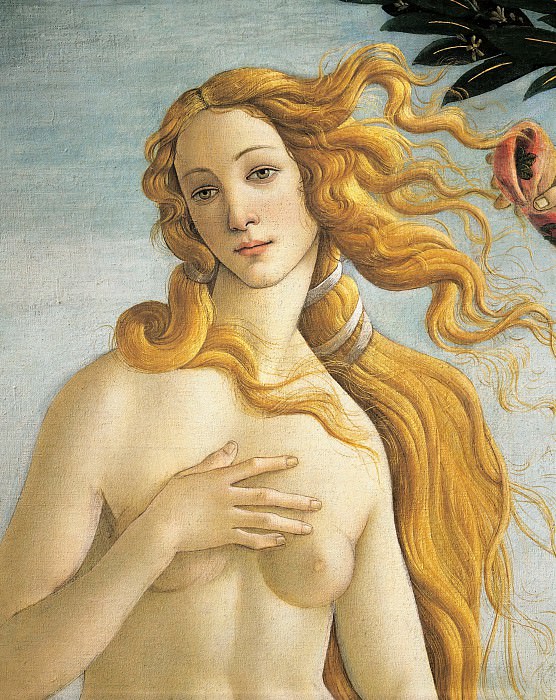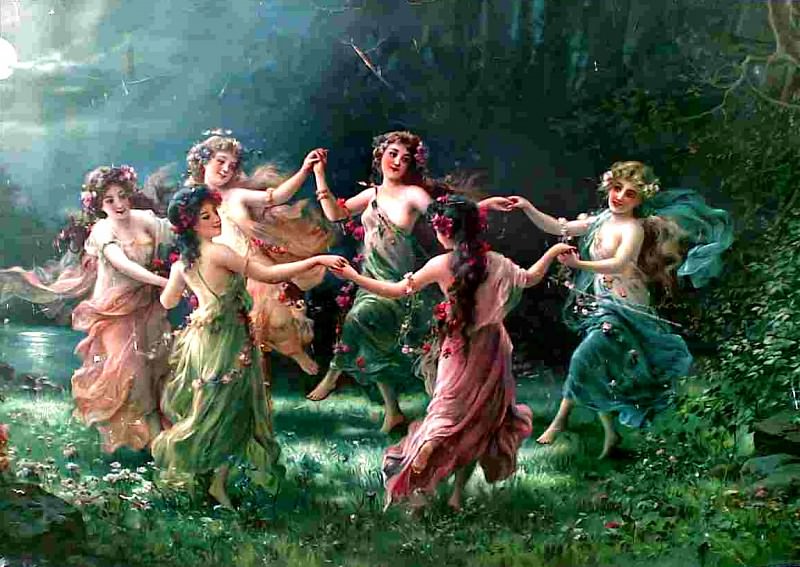Rudolf Steiner and the Evolution of Art
Rudolf Steiner, an Austrian philosopher, educator, and esotericist, is best known for founding Anthroposophy, a spiritual movement that emphasizes the interconnection between the spiritual and physical realms. Steiner's ideas have had a profound influence on various fields, including education, agriculture, medicine, and the arts. His approach to art, in particular, represents a unique synthesis of spiritual insight and creative expression, which has left a lasting legacy in the world of art and culture.
The Anthroposophical Approach to Art
Steiner's philosophy of art is deeply rooted in his broader metaphysical views. He believed that art is not merely an external manifestation of aesthetic beauty but a bridge between the material and spiritual worlds. For Steiner, art has the power to reveal the spiritual realities underlying the physical world, and it serves as a medium through which individuals can connect with higher realms of consciousness.
Steiner's artistic vision was informed by his understanding of the human being as a composite of body, soul, and spirit. He saw art as a way to harmonize these three aspects, bringing them into alignment with cosmic forces. According to Steiner, the creative process involves more than just technical skill; it requires an attunement to spiritual truths and a deep sense of responsibility toward the impact that art can have on human consciousness.
The Development of Steiner's Artistic Vision
Rudolf Steiner's artistic vision evolved over time, shaped by his engagement with various spiritual and philosophical traditions. In his early years, Steiner was influenced by the works of Goethe, particularly his ideas on color theory and the relationship between light and darkness. Goethe's understanding of color as a dynamic interplay between light and shadow resonated with Steiner's belief in the spiritual significance of artistic expression.
As Steiner's spiritual insights deepened, he began to develop his own approach to art, which he called "spiritual science" or "Anthroposophy." This approach sought to integrate the spiritual dimension into every aspect of human life, including art. Steiner's lectures and writings on art emphasize the importance of understanding the spiritual laws that govern the creative process and the need to create art that reflects these higher truths.
Steiner's Contributions to Visual Art
One of the most significant contributions Rudolf Steiner made to the world of visual art was his development of a new approach to painting, known as "Goethean color theory." This approach is based on the idea that colors are not merely physical phenomena but expressions of spiritual forces. Steiner believed that each color has a unique spiritual quality, and that by working with these colors in a conscious way, artists can create works that resonate with the spiritual world.
Steiner's color theory is closely tied to his understanding of the human being as a microcosm of the cosmos. He taught that the colors we perceive in the physical world are reflections of spiritual realities, and that by exploring these colors in our artistic practice, we can gain insight into the deeper nature of existence. For example, Steiner associated the color blue with the spiritual realm of intuition and inner vision, while he linked the color red with the forces of life and vitality.
Steiner's approach to color had a profound influence on the development of modern art, particularly in the field of abstract painting. Artists such as Wassily Kandinsky and Piet Mondrian were inspired by Steiner's ideas and incorporated elements of his color theory into their work. Steiner's influence can also be seen in the development of the Bauhaus movement, which sought to integrate art, architecture, and design into a unified whole.
Eurythmy: The Art of Movement
In addition to his contributions to visual art, Rudolf Steiner also developed a new form of artistic expression known as "Eurythmy." Eurythmy is a movement art that seeks to make visible the invisible forces of speech and music. It is often referred to as "visible speech" or "visible music" because it aims to express the inner qualities of sound and language through movement.
Eurythmy is based on the idea that the human body is a living instrument that can be tuned to resonate with spiritual forces. Steiner believed that by practicing Eurythmy, individuals could develop a deeper connection with the spiritual world and bring greater harmony to their physical and spiritual selves. Eurythmy is often performed in conjunction with poetry, music, or other forms of artistic expression, creating a holistic experience that engages both the performer and the audience on multiple levels.
Steiner saw Eurythmy as a way to cultivate a heightened awareness of the spiritual dimensions of life. He believed that the movements of Eurythmy could help individuals to develop a more refined sensitivity to the rhythms and patterns of the universe, and that this heightened awareness could be applied to all areas of life, including art, education, and personal development.
Architecture and the Design of Sacred Spaces
Rudolf Steiner's artistic vision extended beyond the realms of painting and movement to include architecture and the design of sacred spaces. He believed that architecture has the power to shape human consciousness and that the design of buildings should reflect spiritual principles. Steiner's architectural work is perhaps best exemplified by the Goetheanum, a building he designed to serve as the spiritual center of the Anthroposophical Society.
The Goetheanum, located in Dornach, Switzerland, is a striking example of Steiner's architectural philosophy. The building's design is characterized by organic forms, asymmetrical shapes, and a sense of fluidity that reflects the dynamic interplay of spiritual forces. Steiner believed that the Goetheanum should serve as a "living organism" that embodies the principles of Anthroposophy and provides a space for spiritual and artistic exploration.
The Goetheanum was designed to be more than just a physical structure; it was intended to be a sacred space that fosters spiritual growth and artistic creativity. Steiner's approach to architecture was holistic, integrating elements of sculpture, painting, and Eurythmy into the design of the building. The result is a unique work of art that continues to inspire visitors and artists from around the world.
The Legacy of Rudolf Steiner's Art
Rudolf Steiner's contributions to the world of art have had a lasting impact on a wide range of artistic disciplines. His emphasis on the spiritual dimension of art has influenced generations of artists, architects, and educators, and his ideas continue to be explored and expanded upon in contemporary artistic practice.
One of the key aspects of Steiner's legacy is his belief in the transformative power of art. He saw art as a means of spiritual development and a way to bring about positive change in the world. This vision has inspired many artists to approach their work with a sense of purpose and responsibility, striving to create art that uplifts and ennobles the human spirit.
Steiner's influence can be seen in the work of artists who have sought to integrate spiritual themes into their practice. His ideas have resonated particularly strongly with those involved in abstract and symbolic art, as well as those interested in the relationship between art and spirituality. The Anthroposophical approach to art, with its emphasis on the connection between the spiritual and physical realms, continues to be a source of inspiration for artists seeking to explore the deeper dimensions of human experience.
Conclusion
Rudolf Steiner's contributions to the world of art are both profound and far-reaching. His approach to art as a spiritual practice has left a lasting legacy that continues to influence artists, educators, and thinkers around the world. Steiner's vision of art as a bridge between the material and spiritual worlds offers a unique perspective on the creative process, one that emphasizes the importance of attunement to higher truths and the transformative potential of artistic expression.
Through his work in painting, Eurythmy, architecture, and beyond, Steiner has shown that art is not just a form of aesthetic expression, but a powerful tool for spiritual growth and development. His ideas challenge us to rethink our approach to art, encouraging us to see it not just as a means of creating beauty, but as a way of connecting with the deeper realities that underlie our existence. As we continue to explore the intersections of art and spirituality, Steiner's work remains a guiding light, offering insights and inspiration for the artistic journey.




